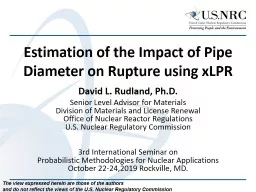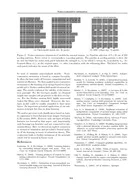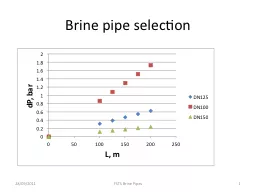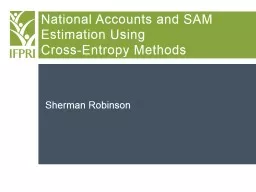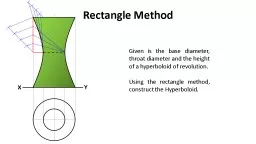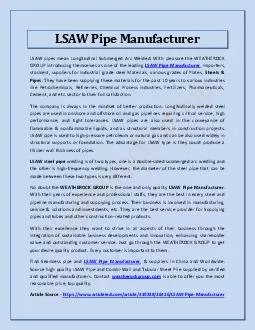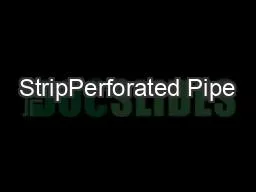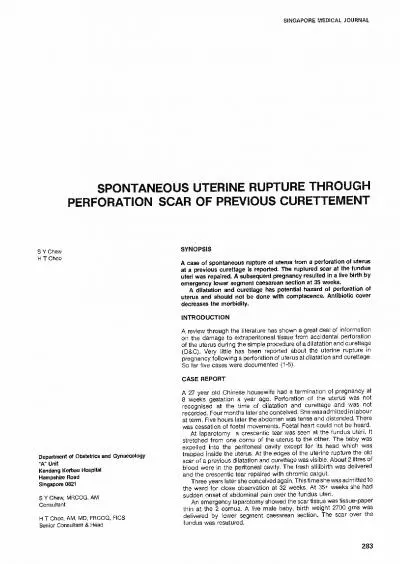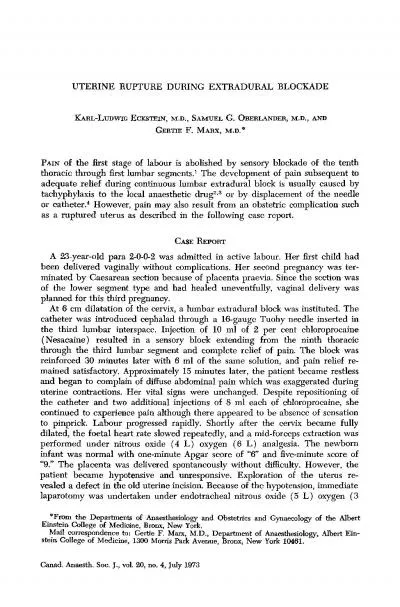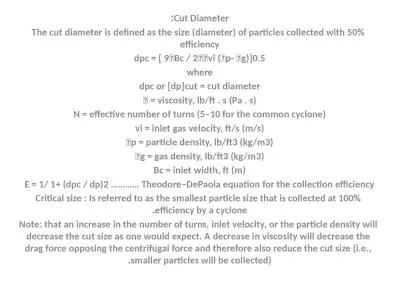PPT-Estimation of the Impact of Pipe Diameter on Rupture using xLPR
Author : carneos | Published Date : 2020-08-29
David L Rudland PhD Senior Level Advisor for Materials Division of Materials and License Renewal Office of Nuclear Reactor Regulations US Nuclear Regulatory Commission
Presentation Embed Code
Download Presentation
Download Presentation The PPT/PDF document "Estimation of the Impact of Pipe Diamete..." is the property of its rightful owner. Permission is granted to download and print the materials on this website for personal, non-commercial use only, and to display it on your personal computer provided you do not modify the materials and that you retain all copyright notices contained in the materials. By downloading content from our website, you accept the terms of this agreement.
Estimation of the Impact of Pipe Diameter on Rupture using xLPR: Transcript
Download Rules Of Document
"Estimation of the Impact of Pipe Diameter on Rupture using xLPR"The content belongs to its owner. You may download and print it for personal use, without modification, and keep all copyright notices. By downloading, you agree to these terms.
Related Documents

